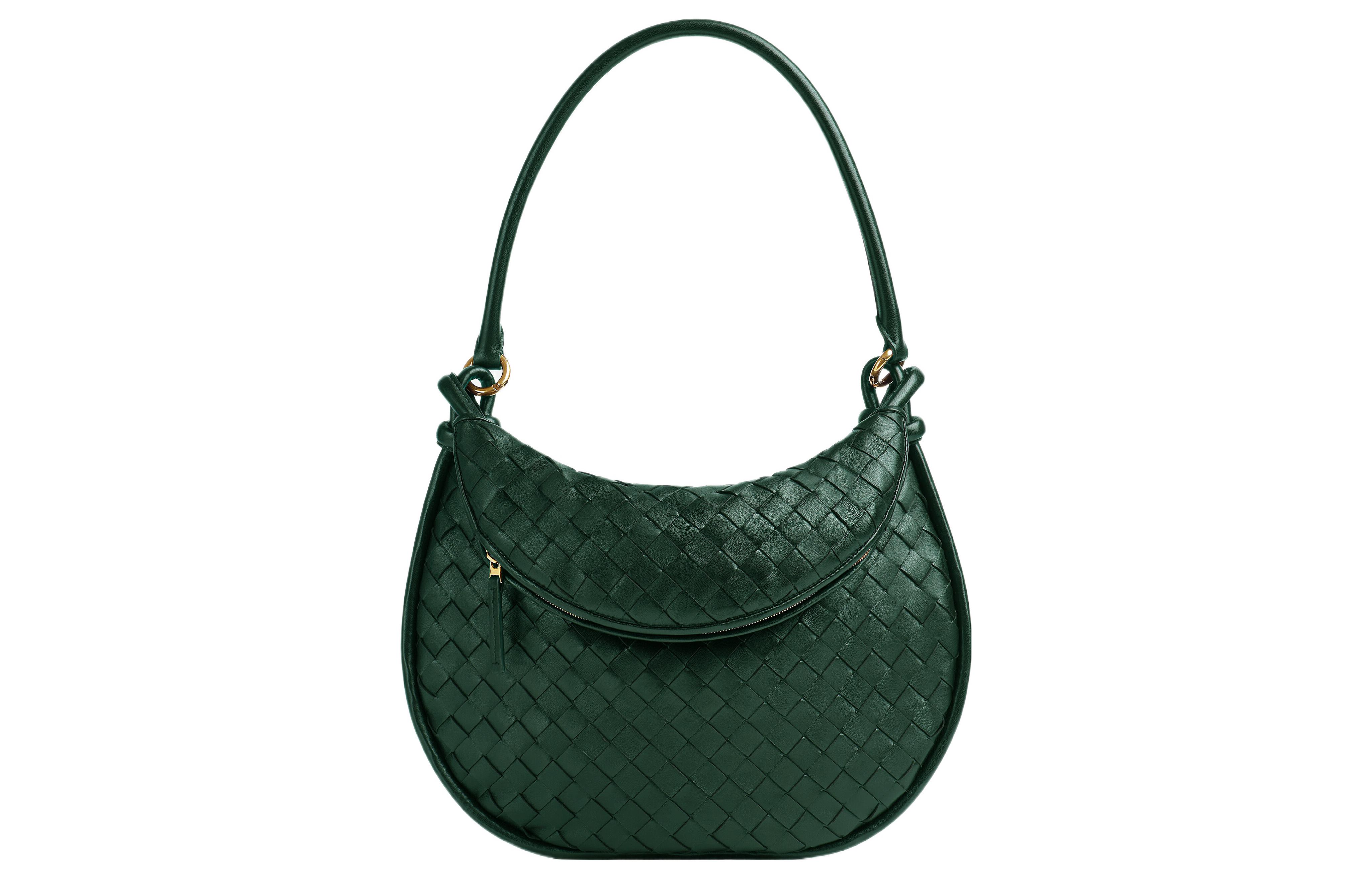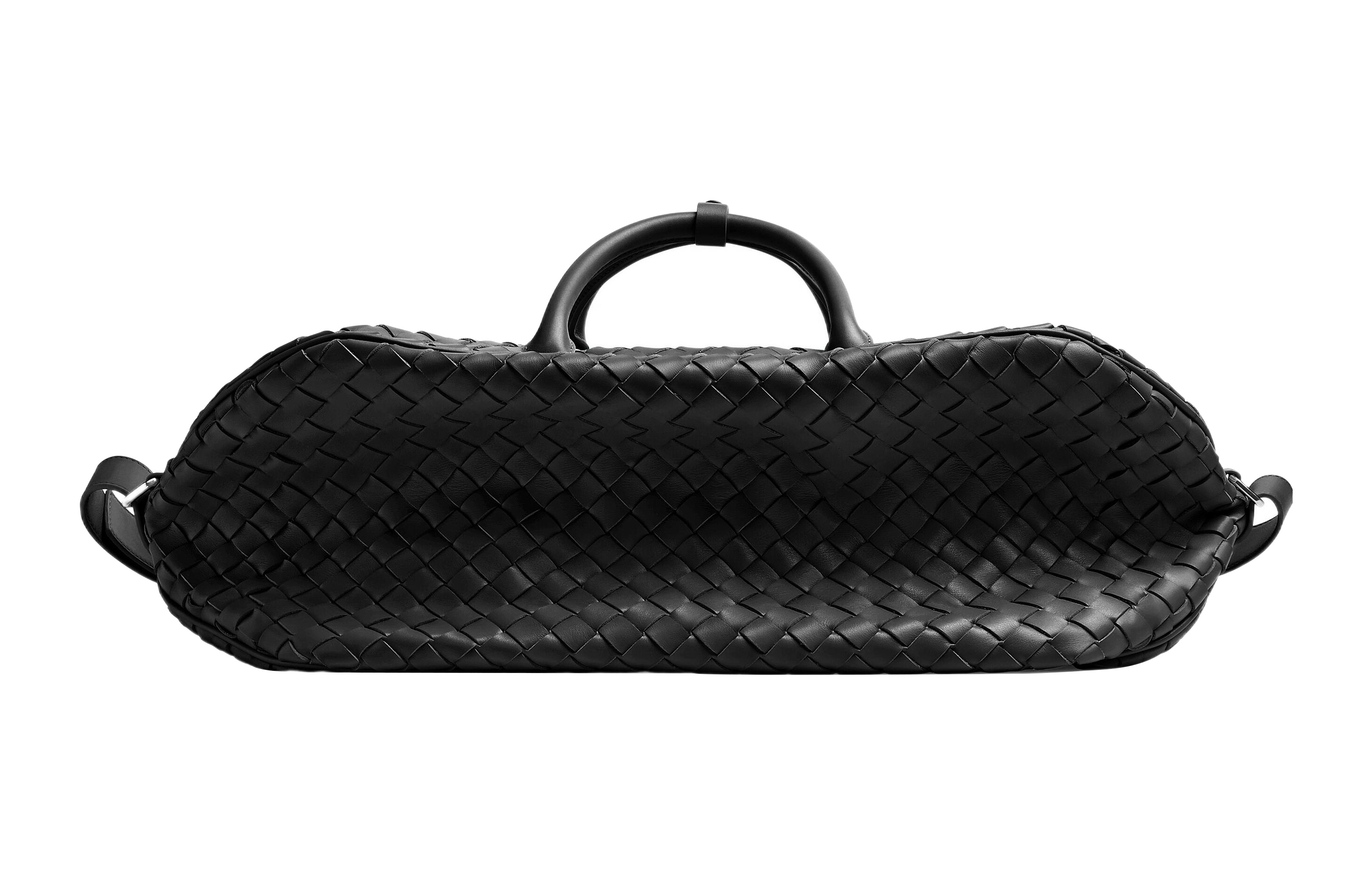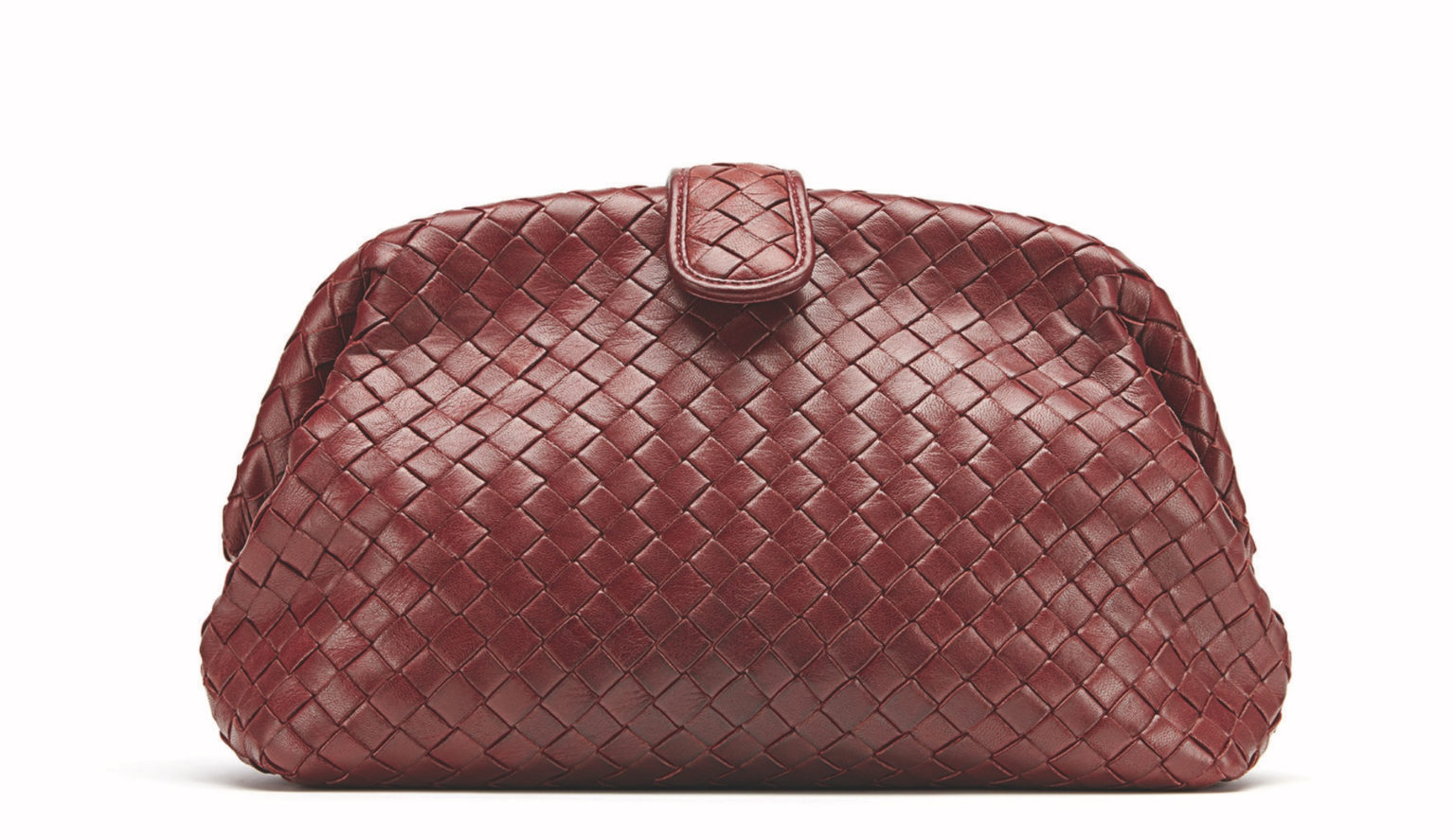Bottega Veneta was founded in 1966 in Vicenza, Italy. The name translates to “Venetian shop,” rooting its heritage in Italian craftsmanship. This origin is not just a location but the philosophical core of the brand, influencing everything from its signature designs to its commitment to artisanal quality.

Table of Contents
- The Birthplace of Quiet Luxury: Vicenza, Italy
- The Story Behind the Signature Intrecciato Weave
- A Legacy of Craft: The Evolution of Bottega Veneta
- Is Bottega Veneta Still Made in Italy?

The Birthplace of Quiet Luxury: Vicenza, Italy
The story of Bottega Veneta begins in Vicenza, a historic city nestled in the Veneto region of Northeast Italy. Founded in 1966, the brand emerged from a landscape renowned for its rich tradition of leatherworking and artisanship. Unlike the fashion hubs of Milan or Florence, Vicenza offered a setting focused on meticulous craft rather than overt trends. This environment profoundly shaped the brand’s initial identity as a producer of supple, logo-free leather goods for a discerning clientele.

The founders chose a name that was both descriptive and aspirational. They established a company built on the principles of discretion, quality, and recognizable craftsmanship, a stark contrast to the logo-mania that would dominate fashion in the subsequent decades.
What Does “Bottega Veneta” Mean?
In Italian, “Bottega Veneta” translates to “Venetian Workshop” or “Venetian Shop.” The name itself evokes imagery of a small, bustling atelier where skilled artisans meticulously work by hand. This choice was deliberate, signaling that the company’s focus was on the process and the product, not on a designer’s name or a flashy logo. It positioned the brand as a collective of craftspeople dedicated to creating exceptional leather goods.
The Founders’ Vision: Michele Taddei and Renzo Zengiaro
The brand was established by founders Michele Taddei and Renzo Zengiaro with a clear and powerful philosophy. They championed the idea of “quiet luxury,” encapsulated in their famous slogan from the 1970s: “When your own initials are enough.” This principle asserted that the quality of the materials and the intricacy of the craftsmanship should speak for themselves. Their vision was to create timeless pieces that did not require a logo for validation, appealing to individuals who valued personal style and superior quality above all else.
The Story Behind the Signature Intrecciato Weave
It is impossible to discuss Bottega Veneta’s origin without highlighting its most iconic creation: the intrecciato weave. This signature technique, where strips of leather are intricately woven together, is the brand’s de facto logo. It is instantly recognizable to those in the know, perfectly embodying the “if you know, you know” ethos. The intrecciato is not merely a decorative pattern; its creation was a brilliant solution to a practical challenge.
Why Was the Intrecciato Technique Created?
The development of the intrecciato was born from necessity. The sewing machines in the Vicenza workshop were originally designed for fabric, not thick leather. They could, however, handle very fine, supple nappa leather. While beautifully soft, this delicate leather lacked the structure and durability needed for accessories like handbags. To solve this, the artisans began weaving thin, double-sided strips of this nappa leather together. This innovative process created a material that was both resilient and uniquely beautiful, transforming a limitation into a celebrated design signature.
How Is the Intrecciato Weave Made?
The process of creating the intrecciato is a testament to human skill. It is done entirely by hand by highly trained artisans. They meticulously weave long, delicate strips of double-faced leather—known as fettucce—over and under one another on a wooden frame or directly on the bag’s pattern. This labor-intensive technique requires immense precision and can take days to complete a single bag. The final result is a seamless, durable, and texturally rich surface that is both strong and flexible.
A Legacy of Craft: The Evolution of Bottega Veneta
While Bottega Veneta’s roots are firmly planted in its 1966 founding, its global prominence has been shaped by a succession of visionary creative directors. Each leader has interpreted the brand’s core DNA of craft, discretion, and Italian heritage for a new era, ensuring its continued relevance.
| Creative Director | Tenure | Key Contribution |
|---|---|---|
| Tomas Maier | 2001–2018 | Re-established core values of craft and “quiet luxury”; introduced iconic bags like the Cabat. |
| Daniel Lee | 2018–2021 | Created the “New Bottega” phenomenon with modern, oversized intrecciato designs like the Pouch and Cassette bags. |
| Matthieu Blazy | 2021–Present | Focuses on “craft in motion,” blending foundational techniques with innovative, pragmatic designs. |
The Tomas Maier Era: Cementing a Reputation
When Tomas Maier took the helm in 2001, he stripped the brand back to its foundational principles. He famously removed visible logos from the products and refocused the company’s energy on craftsmanship and timeless design. Under his 17-year tenure, Bottega Veneta solidified its reputation as the pinnacle of understated luxury. He introduced cornerstone pieces like the Cabat tote, an unlined, entirely woven bag that became a symbol of the brand’s artisanal excellence.
The Daniel Lee “New Bottega” Phenomenon
In 2018, Daniel Lee’s appointment ushered in an era dubbed “New Bottega.” He masterfully amplified the house codes, exaggerating the intrecciato weave into a maxi format and introducing a vibrant color palette, most notably “Bottega Green.” His designs, such as the wildly popular Pouch clutch and the padded Cassette bag, became instant cult classics. Lee connected the brand’s heritage of craft with a modern, edgy sensibility that resonated powerfully with a new generation of luxury consumers.
Matthieu Blazy: A Return to Core Craft
Following Lee’s departure, Matthieu Blazy was appointed Creative Director in 2021. Blazy, who had worked under Lee, has been celebrated for steering the brand toward a direction that honors its roots while pushing creative boundaries. His approach emphasizes “craft in motion,” creating pieces that are both extraordinary in their construction—like leather bags printed to look like denim jeans—and fundamentally practical. His leadership is seen as a thoughtful evolution that continues to celebrate the artisans and the unparalleled craft that define Bottega Veneta.
Is Bottega Veneta Still Made in Italy?
Yes, Bottega Veneta’s commitment to its Italian origins remains absolute. The brand continues to produce its leather goods in Italy, preserving the artisanal traditions upon which it was built. In 2013, the company opened a state-of-the-art atelier in a restored 18th-century villa in Montebello Vicentino, not far from its original Vicenza home. This facility serves as a workshop, archive, and school, ensuring that the specialized skills of leather craftsmanship are passed down to future generations. Every Bottega Veneta bag is a direct product of its Italian heritage.
This unwavering dedication to Italian artisanship is a hallmark of true luxury. It’s a philosophy that champions heritage and skill over fleeting trends. At Beldurtaleather.com, we share this passion, believing that the finest leather goods are born from generations of expertise and the highest quality materials sourced from the heart of Italy. Our collection of handcrafted full-grain leather bags is a testament to this enduring legacy.



